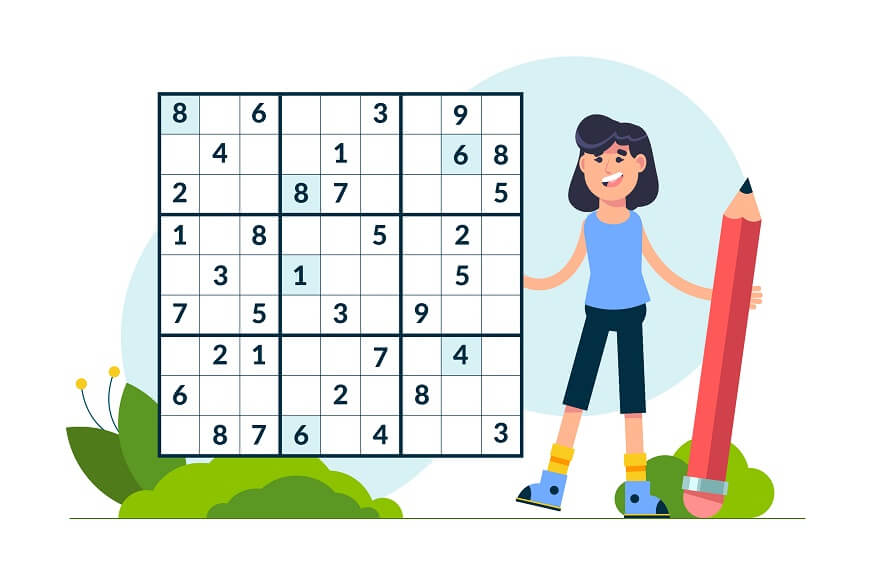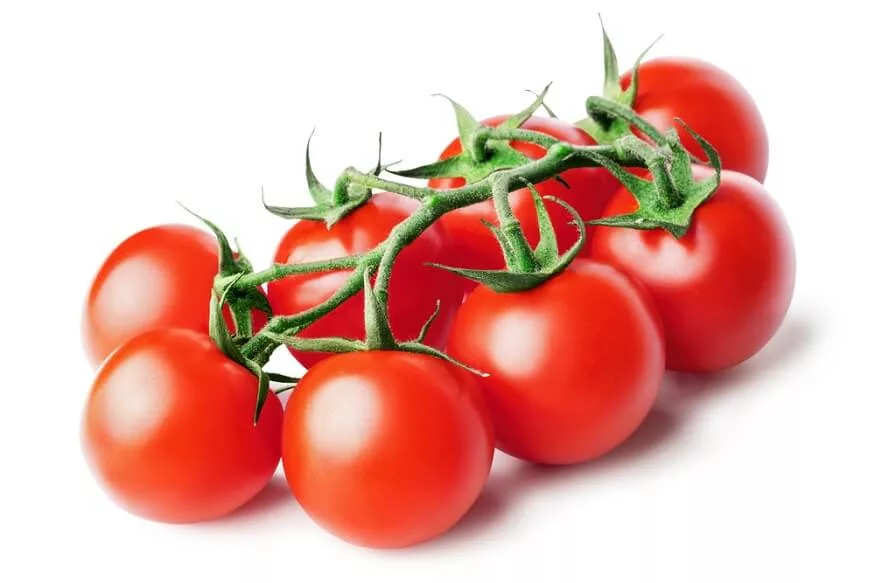Feeding kids vegetables can indeed be a challenge. However, they need to eat their greens for their development. In this blog, we will explore methods to make vegetables like zucchini and squash appealing to children.
Understanding zucchini and squash
- Zucchini and squash come from the cucurbit family.
- Zucchini is also called courgette
- Zucchini is a summer squash
- Zucchini has an outer green skin and tender, white flesh.
- Zucchini is loved in Mediterranean dishes for its mild taste and lots of water.
Squash comes in various types
- They come in summer and winter varieties
- Squashes have yellow or orange skin and plain flesh inside.
Also read : Teaching Kids About Leafy Greens and Their Iron Content
Nutritional value
124 grams (g), about 1 cup of chopped raw zucchini contains
21 Calories
1.5 g of Protein
0.4 g of Fat
3.9 g of Carbohydrates
1.2 g of Fiber
3 g of Sugars
20 mg of Calcium
0.5 mg of Iron
324 mg of Potassium
10 mg of Sodium
Health benefits
Below are the potential health benefits of eating zucchini:
- Helps with weight management
- Promotes a healthy gut
- Reduces the risk of cancer
- Improves cardiovascular health
- Helps control blood sugar levels
- Protects vision and eye health
- Maintains healthy bones and teeth
- Keeps skin healthy
Ways to encourage kids to eat zucchini and squash
1) Make it fun and creative
To make zucchini and squash tastier to kids, try these creative recipes:
- Maple Blueberry Zucchini Muffins: Bake zucchini, blueberries, and maple syrup.
- Zucchini Sandwich: Grill zucchini slices, and serve them with bread.
- Butternut Squash Soup: Roast and blend butternut squash, sweet potato, and carrot.
- Greek zucchini salad: Mix zucchini with cherry tomatoes, red onion, feta cheese, and olives. Add a dressing.
- Zucchini Bread: Mix freshly grated zucchini into the sweetbread dough. It is perfect for breakfast!
- Squash Gnocchi: Blend squashes into a traditional Italian dish by making squash gnocchi. The cooked squashes are combined with flour and egg to create soft and tender dumplings, best served with a butter sage sauce.
- Grilled Zucchini: Coat zucchini with oil. Grill until they are charred and tender.
- Zucchini Pickles: For a unique take on pickles, marinate thinly sliced zucchini in a vinegar and spice mixture. Refrigerate and enjoy them as zesty, crunchy snacks.
- Butternut Squash Risotto: This creamy risotto features puréed butternut squash and arborio rice cooked in broth and wine. It is a nourishing meal filled with flavours that harmonise
- Squash Blossom Quesadillas: Squash blossoms are delicate and flavourful – perfect for adding some brightness to cheesy quesadillas.
2) Lead by example
Children learn through observation. They often mimic the behaviours and choices of adults. Hence make zucchini and squash a regular part of your meals. While eating, express how much you enjoy the taste and texture of zucchini and squash.
Use positive language to describe your experience, like “I love the crispness of these zucchini fries!” or “This squash soup is so comforting.”
When it comes to snacking, choose zucchini and squash chips or slices yourself. If your child sees you enjoying them as a snack, they might be more inclined to give them a try.
Also read : Nutrient Benefits of Carrots for Children’s Eyesight
3) Get them involved
Get your kids involved in the cooking process. This can make them excited about eating the dishes they helped cook.
Depending on their age and skill level, kids can help with tasks like washing and peeling zucchini and squash, grating cheese, and mixing ingredients for recipes. They will feel a sense of accomplishment and may be more willing to taste the final dish.
4) Educate on health benefits
Educating kids about what they eat plays a vital role because:
- It promotes healthy eating: When kids know that eating zucchini can make them feel good and strong, they might be more excited to include it in their meals.
- It helps make informed choices: Knowledge about the benefits of zucchini empowers kids to make informed food choices. They are more likely to choose zucchini over non-healthy options.
- It creates a Positive Relationship with Food: Learning about the nutritional value of vegetables like zucchini helps children develop a positive attitude toward food.
Also read : Dietary supplements for toddlers
5) Family gardening
Take them on a visit to local farms or engage them in your garden to grow these vegetables. Visiting vegetable farms and farmers’ markets can expose them to a wide variety of vegetables and the people who grow them.
6) Add as school snack/lunch
Adding zucchini and squash to school meals and snacks can be both healthy and tasty. Here are some ideas:
- Add zucchini and squash slices to sandwiches or wraps.
- Pack zucchini and squash fritters as a tasty snack.
- Include zucchini and squash noodles in pasta salads.
- Prepare mini zucchini and squash pizzas for a fun and healthy lunchbox option.
Getting kids to eat zucchini and squash early on teaches them to eat healthily. This helps their physical health and sparks their interest in nutritious foods for the future.











